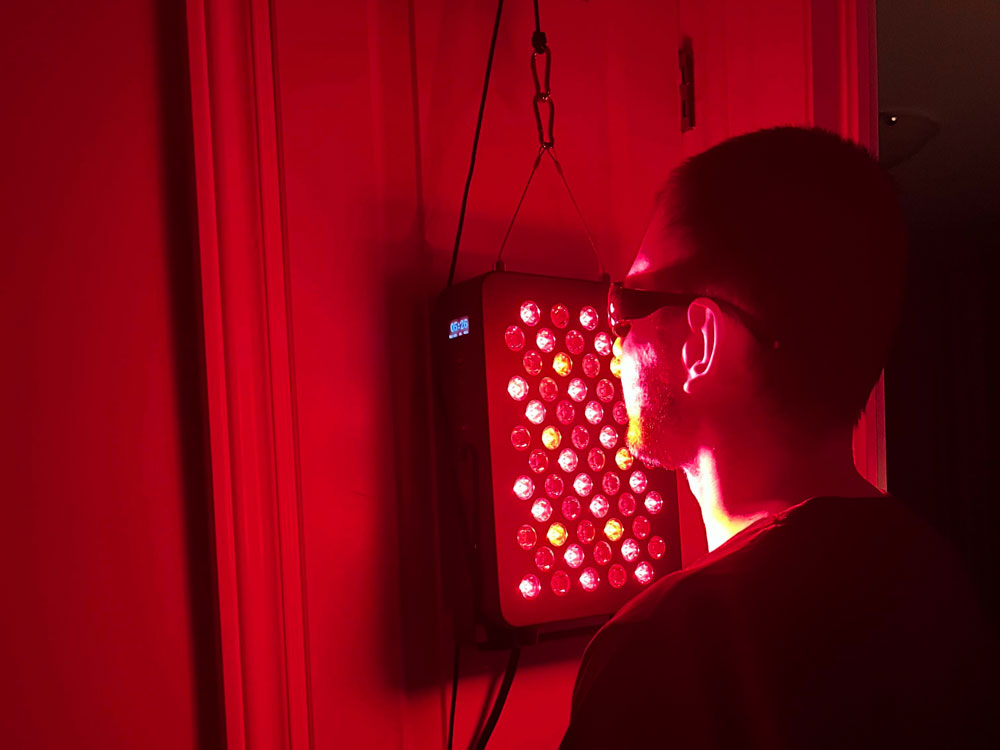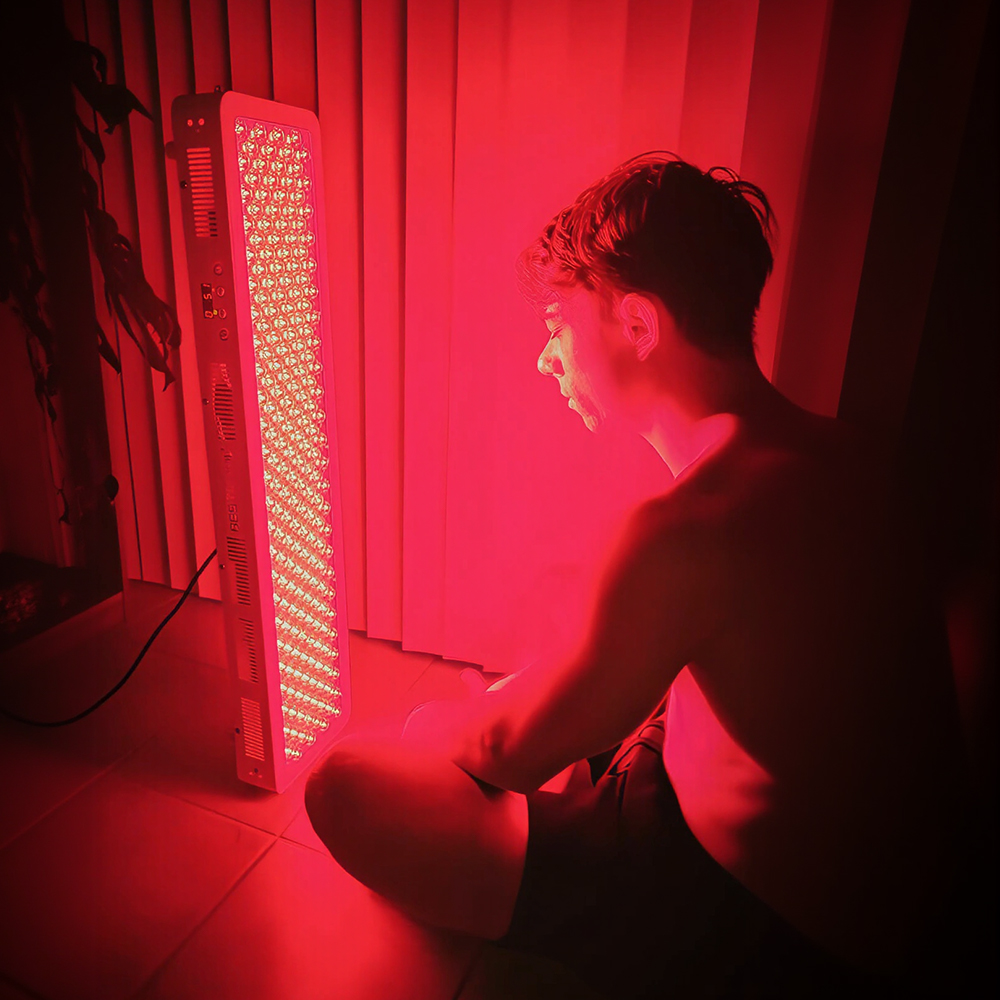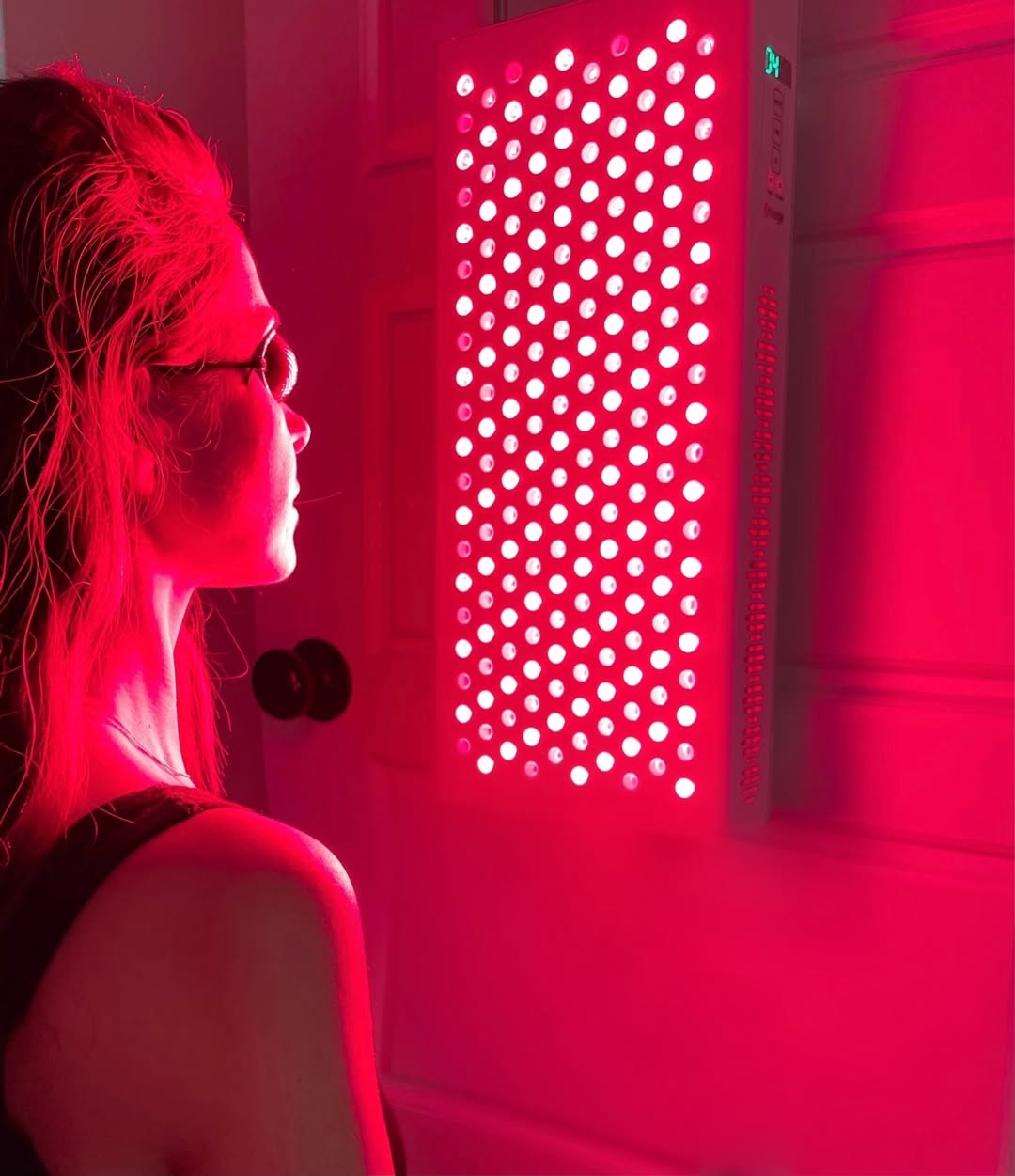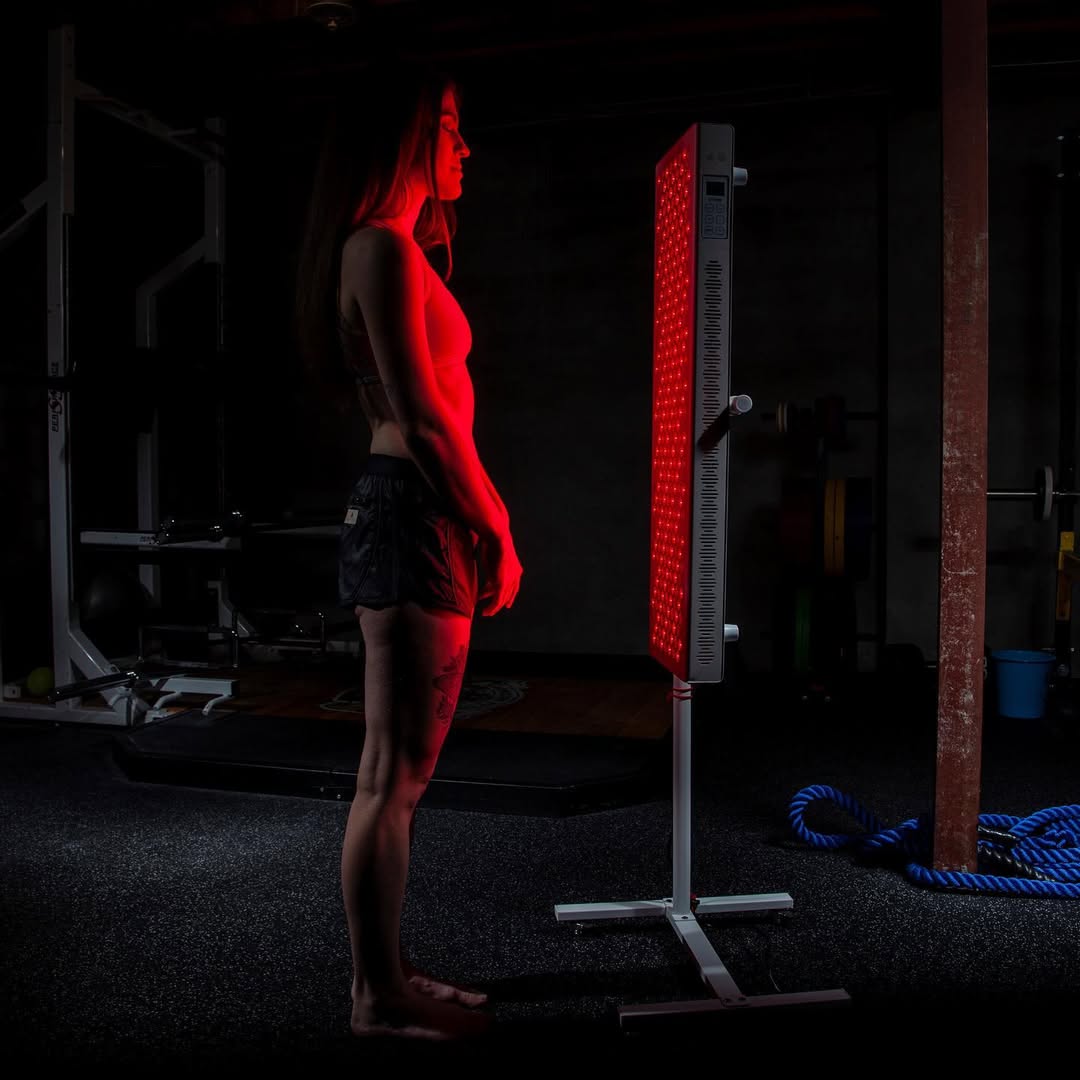![]() Free Shipping
Free Shipping ![]() Buy Now, Pay Later
Buy Now, Pay Later ![]() Eligible
Eligible
[Review] Doctor Tries Red Light Therapy for 30 Days (Surprising Results)

Red light therapy (RLT), also known as low-level laser therapy (LLLT) or photobiomodulation, has gained significant attention in recent years. Promoted for its potential benefits—ranging from skin rejuvenation to pain relief—this non-invasive treatment uses specific wavelengths of red and near-infrared light to stimulate cellular function.
But does it really work?
As a physician, I was skeptical. Despite the growing body of research, I wanted to test red light therapy myself before recommending it to patients. So, I committed to using it daily for 30 days and documented the results.
Spoiler alert: Some of the outcomes were unexpected.
Why I Decided to Try Red Light Therapy
Before diving into my experience, let’s address why I was intrigued enough to try it:
- Scientific Backing – Studies suggest RLT may improve collagen production, reduce inflammation, and enhance wound healing.
- Celebrity & Athlete Endorsements – Many high-profile figures, including biohackers and professional athletes, swear by it.
- Minimal Side Effects – Unlike medications or invasive procedures, RLT is generally considered safe with few risks.
Still, anecdotal claims aren’t enough. I needed firsthand evidence.
My 30-Day Experiment: Protocol & Setup
Device Used
I opted for a high-quality, FDA-cleared red light therapy panel emitting both red (660nm) and near-infrared (850nm) wavelengths—the two most studied for therapeutic benefits.
Daily Routine
- Morning (10 minutes): Full-body exposure (for systemic benefits like energy and recovery).
- Evening (5 minutes): Focused on face and neck (for skin health).
I also tracked:
- Sleep quality (using a wearable device)
- Skin texture & wrinkles (before/after photos)
- Joint pain (I have occasional knee discomfort from running)
- Energy levels

The Results: What Actually Happened After 30 Days
1. Skin Improvements (The Most Noticeable Change)
- Brighter, Firmer Skin – By day 14, my skin looked more radiant. Fine lines (especially around my eyes) appeared softer.
- Reduced Redness & Acne Spots – I had a few stubborn red spots from past breakouts. They faded significantly.
- Enhanced Hydration – My skin felt plumper, likely due to increased collagen stimulation.
📸 Before & after photos showed clear differences—no fancy lighting tricks!
2. Better Sleep & Energy Levels
- Faster Sleep Onset – I fell asleep about 10-15 minutes quicker on average.
- More Restorative Sleep – My deep sleep increased by 8% according to my tracker.
- Morning Alertness – I felt less groggy upon waking.
(Note: This could also be placebo, but the data backed it up!)
3. Joint Pain & Recovery
- Reduced Knee Discomfort – My usual post-run stiffness decreased noticeably.
- Faster Muscle Recovery – I weight train 3x/week and experienced less soreness.
4. Unexpected Benefit: Improved Mood
I didn’t expect this, but I felt a subtle mood boost—possibly due to reduced inflammation or better sleep.
The Science Behind the Results
Why did these changes happen? Here’s the simplified biology:
- Mitochondrial Boost – Red light enhances ATP (energy) production in cells.
- Increased Collagen & Elastin – Stimulates fibroblasts, leading to better skin structure.
- Reduced Inflammation – Modulates cytokines, helping with pain and recovery.
Is Red Light Therapy Worth It? My Final Verdict
✅ Pros:
- Non-invasive, pain-free, and safe.
- Noticeable skin and recovery benefits.
- No major side effects.
❌ Cons:
- Requires consistency (won’t see results in a week).
- High-quality devices are expensive (but cheaper than some cosmetic treatments).
Would I Recommend It?
Yes—but with realistic expectations. It’s not a miracle cure, but the evidence (and my personal results) suggest it can be a valuable tool for:
- Anti-aging & skin health
- Recovery & pain management
- Sleep and energy optimization
Final Thoughts & Should You Try It?
If you’re considering red light therapy:
- Do your research – Not all devices are equal. Look for medically reviewed wavelengths (660nm & 850nm).
- Be patient – Results take weeks, not days.
- Combine with healthy habits – RLT works best with good sleep, nutrition, and exercise.
My takeaway? This 30-day experiment convinced me—red light therapy isn’t just hype. I’ll keep using it and may even incorporate it into my practice.
Have you tried RLT? What were your results? Drop a comment below!








